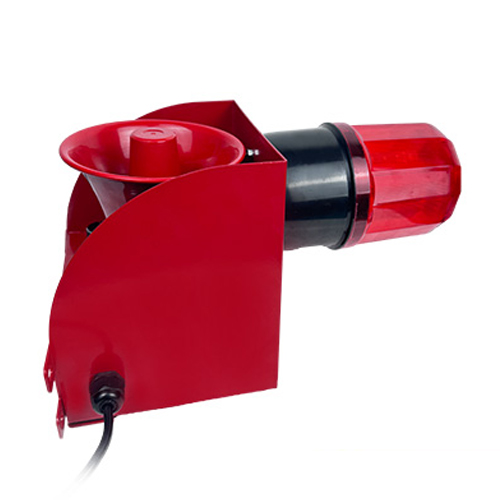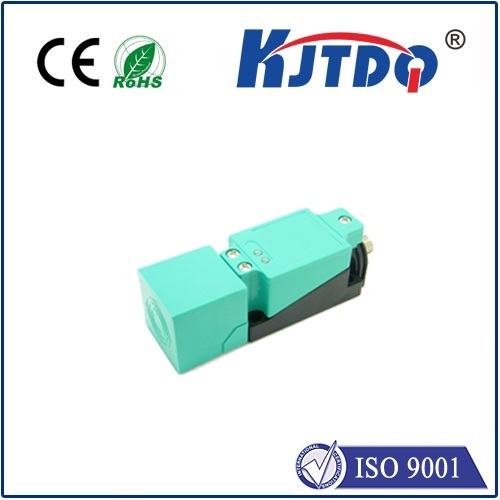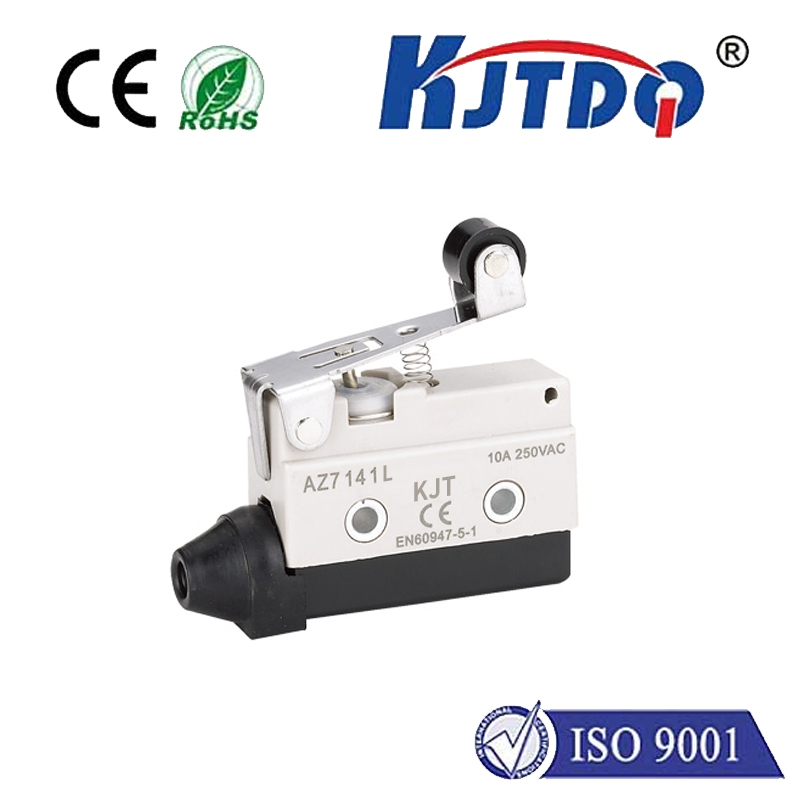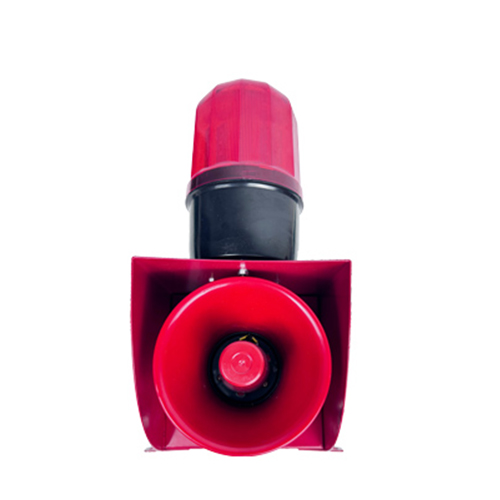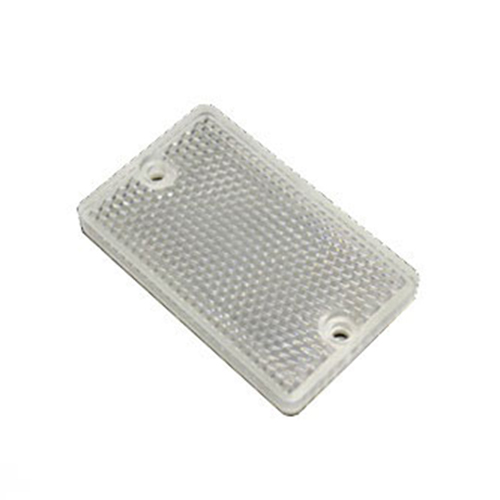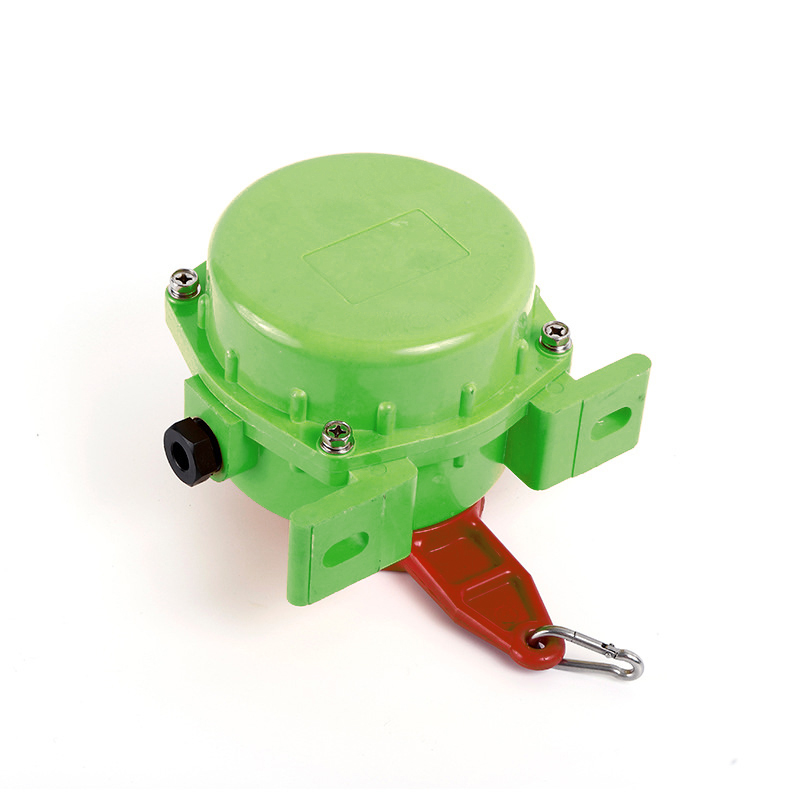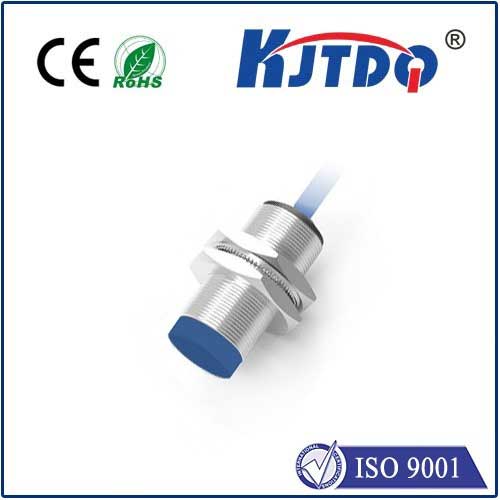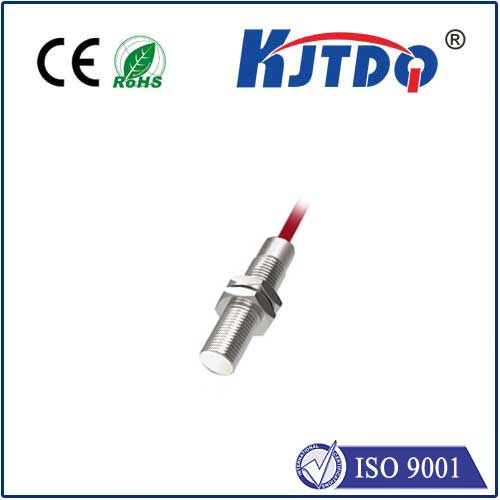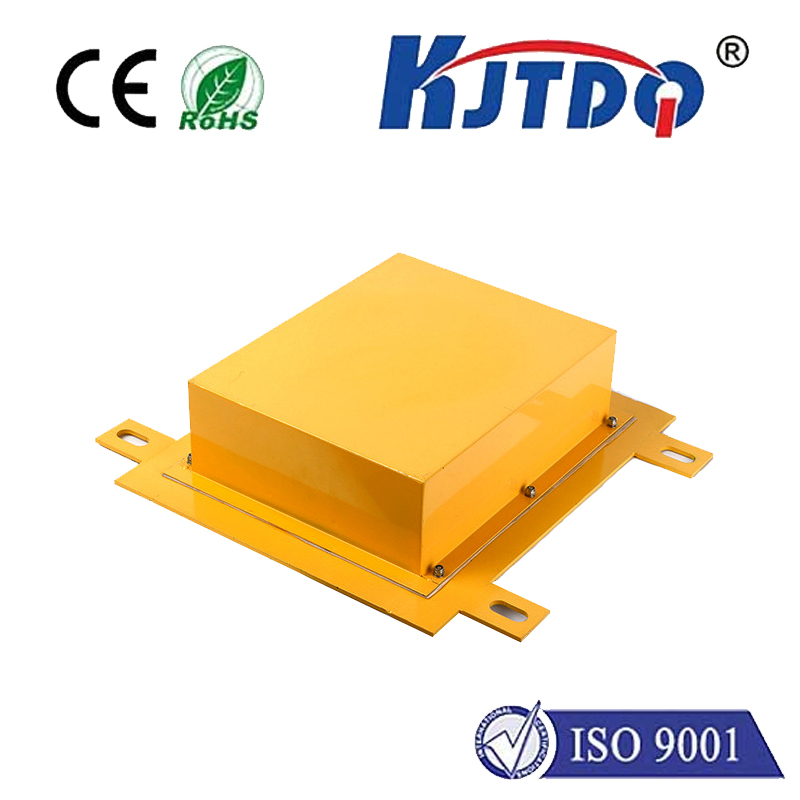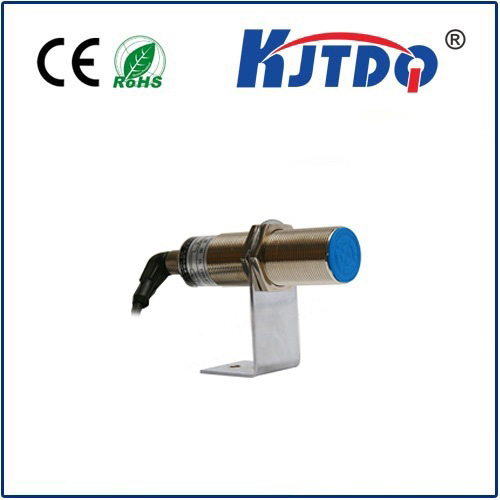fsr sensor
- time:2025-08-20 00:59:45
- Нажмите:0
The Hidden Force: Unpacking FSR Sensor Technology
Ever tapped your smartphone screen, squeezed a game controller trigger, or pressed a button on a sleek modern appliance and marveled at how it just knew how hard you were pushing? Behind that intuitive interaction often lies an unsung hero: the Force-Sensing Resistor (FSR). This remarkable sensor quietly translates the simple mechanical act of pressing into valuable electronic signals, enabling smarter, more responsive devices across countless industries. Let’s delve into the fascinating world of FSR sensors.
What Exactly is an FSR Sensor?
Fundamentally, an FSR sensor is a passive electronic component. Its core magic lies in its ability to change electrical resistance in response to applied force or pressure. Unlike traditional switches that simply register “on” or “off,” an FSR provides a gradual resistance change. The harder you press, the lower the resistance becomes. This analog behavior enables nuanced detection, measuring not just if force is applied, but how much.
The heart of a typical FSR comprises two key parts:
- Active Area: This is usually made from a special polymer composite embedded with conductive particles (like carbon or silver). When no force is applied, these particles are relatively far apart, resulting in high electrical resistance.
- Interdigitated Electrodes: Underneath or adjacent to the active area lies a pattern of conductive fingers (electrodes), often printed on a flexible plastic substrate like polyester (PET). These electrodes collect the electrical signal.
The Magic Moment: How Does Force Sensing Work?
The core principle is beautifully simple piezoresistivity within the polymer composite:

- Resting State (No Force): Conductive particles within the polymer matrix are spaced apart, creating many gaps (high resistance points). Electrical current struggles to find a path between the electrodes.
- Force Applied: As pressure is exerted on the active area, the polymer deforms. This forces the conductive particles closer together, creating more electrical connection pathways.
- Resistance Drop: With more particles touching, the resistance through the composite material decreases significantly. The greater the force applied (up to the sensor’s limit), the more connections are forged, and the lower the resistance becomes.
This change in resistance is what an external circuit detects and translates into a meaningful measurement of force or pressure.
Key Characteristics: Understanding FSR Performance
FSR sensors offer a unique blend of characteristics that define their suitability:
- Эффективность затрат: Generally much lower cost than alternatives like strain gauges or load cells, especially in simple configurations.
- Simple Construction & Interface: Their inherently simple structure makes them robust and relatively easy to integrate. Connecting them often requires only a basic voltage divider circuit and an Analog-to-Digital Converter (ADC) on a microcontroller to read the varying voltage corresponding to the changing resistance.
- Thin & Flexible Profile: Most FSRs are incredibly thin and flexible, allowing them to conform to curved surfaces or fit into tight spaces where bulky sensors wouldn’t.
- Zero Standby Power: As passive components, they consume no power themselves when no force is applied; only the reading circuitry requires power.
- Force Sensitivity Range: They excel at detecting relatively low forces (grams to a few kilograms), making them ideal for human touch interfaces, presence detection, and delicate measurements. High-force applications are typically not their domain.
- Non-Linearity & Hysteresis: FSRs exhibit inherent non-linearity (the resistance change isn’t perfectly proportional to force across the entire range) and hysteresis (the resistance at a given force can differ slightly depending on whether force is increasing or decreasing). Calibration and careful circuit design are crucial for applications needing high precision.
- Spatial Sensitivity: Point force vs. distributed force readings can vary. Some FSR designs (like Interlink’s circular sensors) have a central “hot spot” most sensitive to direct pressure.
Why Choose an FSR? Advantages in the Field
The specific strengths of FSR sensors make them the preferred choice in numerous scenarios:
- Human-Machine Interaction (HMI): The realm where FSRs truly shine. From detecting soft button presses on appliances and medical devices to measuring grip force on game controllers, stylus tips, and steering wheels. They provide the nuanced feel needed for intuitive control.
- Tactile Sensing & Robotics: Used in robotic grippers to sense grasp force, preventing damage to delicate objects, and in artificial skins for robots or prosthetics to provide a sense of touch. Pressure mapping mats for gait analysis or patient monitoring heavily rely on FSR arrays.
- Simple Presence & Occupancy Detection: Detecting if an object is placed on a surface (like a seat occupancy sensor in a car or a presence sensor on a machine control panel) is straightforward and reliable with an FSR.
- Musical Instruments: Electronic drum pads and expressive MIDI controllers frequently utilize FSR sensors to capture the velocity and intensity of hits.
- Wearable Tech: Integrated into clothing, shoes, or sports equipment to monitor pressure points, step force, or posture.
- Low-Cost Force Measurement: Where extreme precision isn’t paramount, but cost and simplicity are, FSRs offer an excellent solution (e.g., basic level sensing, simple force thresholds).
Beyond the Basics: FSRs vs. Other Force Sensors
Understanding the landscape helps appreciate the FSR’s niche:
- Load Cells: Extremely accurate and capable of handling massive forces, but typically bulky, expensive, require complex amplification circuits, and need careful mounting/strain relief.
- Strain Gauges: Offer high precision and are versatile (can be bonded to structures), but require sophisticated signal conditioning (Wheatstone bridge), are sensitive to temperature, and need careful installation. FSRs significantly lower the barrier to entry for force detection.
- Capacitive Touch Sensors: Detect touch presence via changes in capacitance but generally lack inherent force sensitivity unless specifically designed as force-sensing capacitors (which are typically more complex).
The Engine of Innovation: FSRs in Real-World Applications
The practical impact of FSR technology is vast and growing:
- Consumer Electronics: Enhancing user experience in smartphones (prototype squeeze features), laptops (keyboard force sensing, palm rejection), wearables, game controllers, and smart home devices. Imagine adjusting volume by squeezing your earbud stem – likely an FSR inside.
- Automotive: Seat occupancy detection (for airbag control), door handle activation, headrest adjustment sensors, and driver monitoring systems (grip force on the wheel indicating fatigue).
- Medical & Healthcare: Patient monitoring (bed/chair occupancy, pressure ulcer prevention mats), physical therapy devices measuring applied force during exercises, assistive technology controls, and drug delivery systems ensuring correct operation force.
- Industrial: Button panels on machinery, safety interlifts, simple force feedback in control levers, and quality control checks requiring a force threshold (e.g., confirming a latch is properly engaged).
- Robotics & Prosthetics: Providing critical feedback for safe manipulation and enabling a sense of touch in artificial limbs.
Harnessing the Power: Integrating FSR Sensors
Successfully using an FSR sensor hinges on understanding its nuances:

